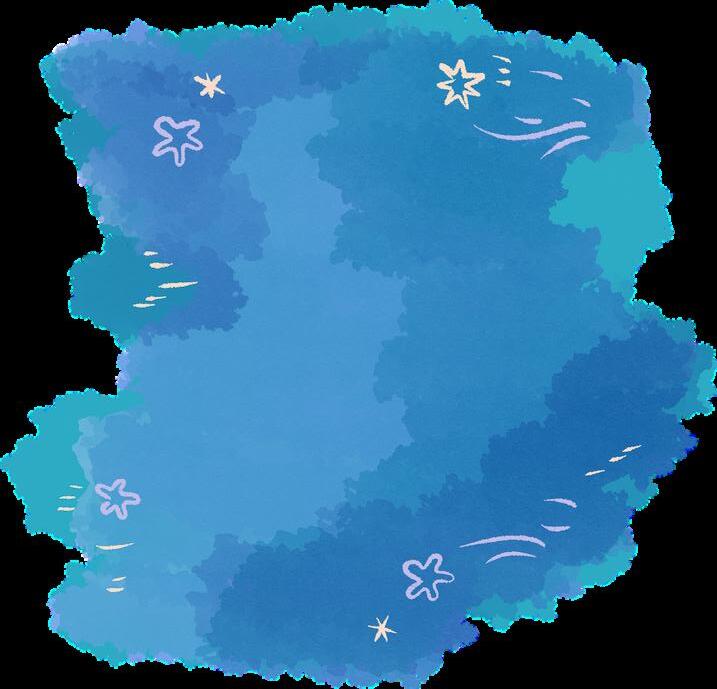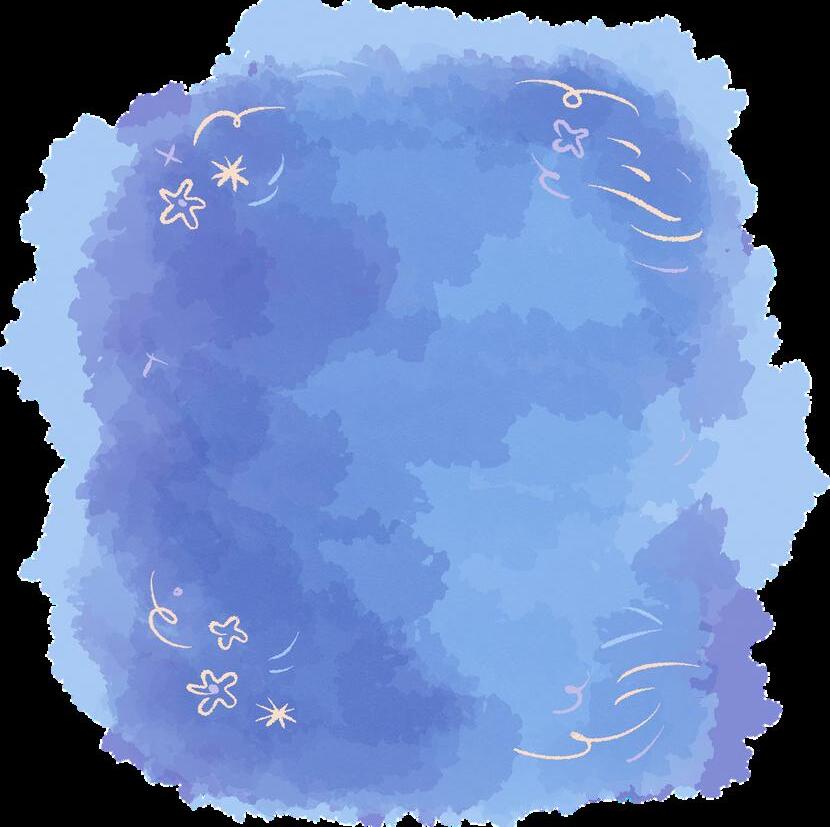CFMC UPDATES CFMC UPDATES


How have the red hind populations changed in the Red Hind Bank
MCD of St. Thomas, USVI?

The red hind (Epinephelus guttatus) spawning area in the Red Hind Bank marine conservation district (MCD) south of St. Thomas was originally closed to fishing in 1990.

Back then it was seasonally closed for three months, Dec. to Feb. However, in 1999 its protection was extended to year-round throughout the 41 km2 area (10,131 acres). The goal of this research was to evaluate the conservation success of the MCD by measuring how changes in protection levels (none, seasonal, year-round) affected the red hind population’s demographic characteristics.
Fish were released alive and sent to the seafloor by re-compression with a SeaQualizer descending device to depths between 38.5 to 48.5 meters (127 to 160 feet) to increase their survival after capture. Descending devices enhance the fishes’ survival even if they suffered light barotrauma.

The methods included measuring red hind that were caught with hook and line by commercial fishers and the local resources agency from 2018 to 2020. After lengths were recorded for each fish, blood was extracted to determine sex by analyzing hormone levels for a subset of animals. Blood samples were extracted without sacrificing the fish that were then returned to the sea.

During this research (2018 to 2020), a total of 1,203 red hind were measured and sex was determined for 18%. Over the last 30 years of spawning aggregation site protections in the MCD, the mean size of red hind has increased more than 35% (+11.1 cm or 4.4 in) compared to the late 1980s, and the sex ratio of the sampled population became less skewed (or more equal) over time. That is to say, population numbers are more similar between both sexes.
Life history data and lengths of red hind were used to model the population and track the spawning potential ratio (SPR) which is the proportion of the reproductive population remaining in a fished population relative to an unfished state, hence a ratio. In other words, the amount of fish that are capable of reproducing within a fished population is compared to the amount of fish considered capable of reproducing if the same population were not fished.
 Photo: Michelle Schärer
Photo: Michelle Schärer
The population status was tracked over 30 years and changes in the SPR over time reflected population status with different levels of protection. The SPR increased from 0.32 in the late 1980s to 0.49 by 2020, with a slight decrease in the 2006-2009 period, likely due to females transitioning to males as they grew larger and many smaller females entering the population.
The overall increase in fish size, a more equal sex ratio, and increase in SPR tracked the management measures that reduced and then eliminated fishing pressure within the MCD. These population increases have also benefited the local commercial fishery with an increased mean size of red hind and perceived increase in catch rates.

This study shows that conservation measures have been successful for this species, as shown by monitoring the size of the individuals and the population’s sex ratio. Continued monitoring is key to validate the impacts of management effectiveness. Management actions, fisher’s compliance, and long-term monitoring have contributed to the recovery of the red hind population at this spawning aggregation site south of St. Thomas, USVI.
 Photo: Diver net
Photo: EV Nautilus October 2013
Photo: Diver net
Photo: EV Nautilus October 2013




 Illustration: Sea Grant PR
Illustration: Sea Grant PR




